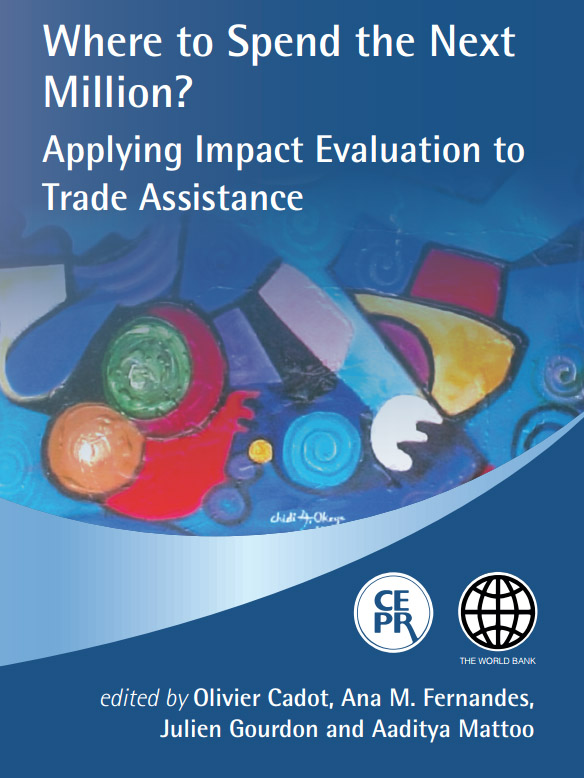Speeches Shim
Where to Spend the Next Million? ![]() (pdf - 4 MB)
(pdf - 4 MB)
Recent evaluations carried out by the Mission are an important and readily available source of evidence for a CDCS. Often equally important are evaluations undertaken by other organizations, or in other countries, that bring to bear evidence about the effectiveness, and challenges associated with, strategies and approaches USAID is considering for achieving a DO.
Locating evaluations that have relevance for developing a CDCS requires an efficient search strategy. Performance evaluations tend to reside in databases created by donor organizations for that purpose. Impact evaluations, which are funded in various ways, are being collected by entities that focus exclusively on these kinds of studies. Meta-analyses and other types of reviews of clusters of evaluations are not always captured in evaluation databases and may require Internet searches on a topical basis to uncover.
Key resources for locating various types of evaluations are highlighted below.
Performance Evaluations
- Within USAID the Development Evaluation Clearinghouse (DEC) is a key resource. If only evaluations are being sought, USAID's Evaluation Main Page, which provides quick topical access to evaluations in the DEC is also a resource.
- In country, there is often a donor or government group focused on Monitoring and Evaluation. Some have evaluation libraries. Even when they don't, their members often know who to call in donor and government offices to locate evaluations on a particular topic.
- To locate evaluations from other countries undertaken by donors other than USAID, the OECD DAC Evaluation Resource Center DEReC is a key place to look.
- In addition, simple Google searches are worth conducting as major databases do not necessarily capture or appropriately code all of the evaluations that might be of interest.
Impact Evaluations
Important Impact Evaluation collections to check when gathering evaluation evidence for consideration in the design of a CDCS include:
- Abdul Latif Jameel Poverty Action Lab — J-PAL at the Massachusetts Institute of Technology (MIT)
- The World Bank's Development Impact Evaluation Initiative – DIME
- The International Initiative for Impact Evaluation- 3ie - Impact Evaluation Collection
- In addition to these sources for Impact Evaluations, it is worth checking on research being conducted using impact evaluation techniques through the USAID Development Innovations Ventures grants, as funding for studies that are designed to produce high quality evidence about “what works” is now moving into the economic growth arena and reports from this source will be valuable for staff working on CDCS's and project designs.
Meta Analyses and Systematic Reviews
In addition to individual evaluations, reviews of multiple evaluations that extract their findings and, in some instances, rate the quality of the evidence they provide are another important resource. These can be harder to find, as they are not always included in evaluation databases.
- 3ie, in addition to funding impact evaluations, also funds systematic reviews that assess the quality of evidence as well as summarize the findings of multiple evaluations on a topic, such as its report on the Effectiveness of African Growth and Opportunity Act (AGOA) in Increasing Trade from the Least Developed Countries.
- A Google search by topic using the terms “meta-analysis” and “meta-evaluation” may be the most efficient way to locate studies of this sort. The featured report on this kit page, Where to Spend the Next Million? Applying Impact Evaluation to Trade Assistance emerged first from that type of quick search.
See Also
- Summarizing Evaluation Evidence is an important second step in a process that ensures that relevant evidence is used in developing a CDCS.
- E3 Sectoral Synthesis provides an overview of key findings and lessons learned for all evaluations in the education, economic growth, and environment sectors between 2013-2014.
- TRR E3 Sectoral Synthesis Report is helpful in understanding the USAID evaluations available and their key findings and lessons learned in the trade and regulatory reform sector.
| << Learning from Experience | Up | Summarizing Evaluation Evidence >> |
ProjectStarterBETTER PROJECTS THROUGH IMPROVED |
A toolkit developed and implemented by: For more information, please contact Paul Fekete. |


Comment
Make a general inquiry or suggest an improvement.